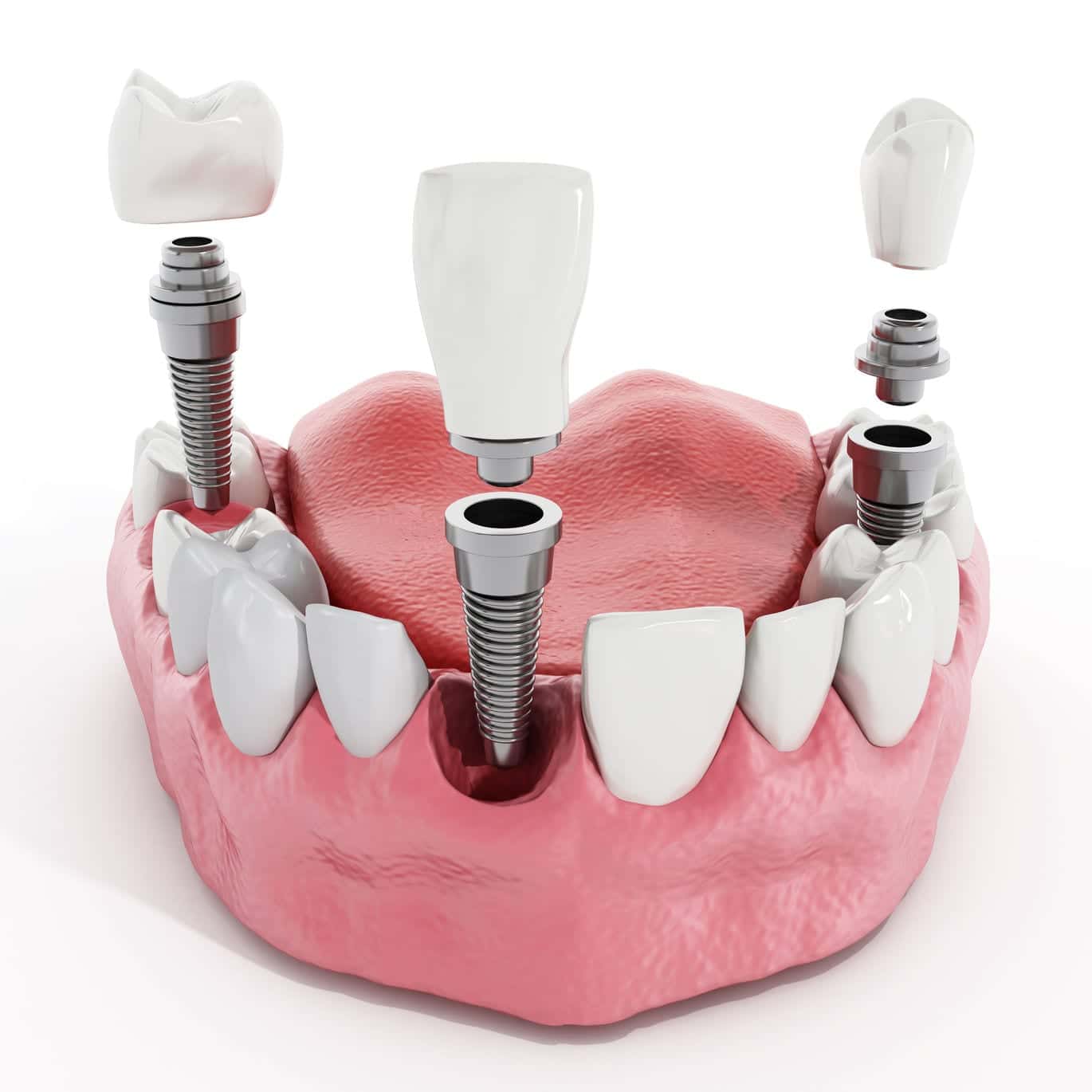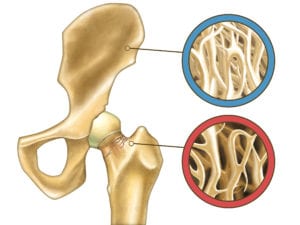
If you’ve experienced oral bone loss, you may think that you can’t get a dental implant. However, there are several steps you can take to not only stop any loss you’re still experiencing, but actually build new bone.
In this post, we’ll detail the ways you can do this. We’ll also cover the options for getting a bone graft to be eligible for dental implants.
Steps to Reverse Oral Bone Loss
The most common reason for tooth decay and loss is poor oral hygiene. You can reverse the loss by practicing smart habits like these:
Brush twice per day. Use a soft bristled brush at a 45-degree angle for two full minutes, hitting every surface of your teeth. Make sure to brush your gums gently to strengthen them as well.
Replace your toothbrush. Do this every three to four months, and consider upgrading to an electric toothbrush for even better results.
Floss once per day. Flossing is the only way to remove the plaque that gathers under your gumline. Plaque buildup can lead to gum disease and periodontitis, which can eventually result in tooth loss.
Limit snacks between meals. Snacks can promote bacteria buildup on your teeth, which is how plaque grows. Chew sugarless gum between meals to keep your teeth cleaner.
Eat a well-balanced diet with limits on sugar and carbohydrates. We’ll talk more about healthy food choices in a moment, but make sure you restrict your intake of these foods that oral bacteria love to feast on.
Get regular dental checkups at least every six months. Your dentist will notice any problems that lead to bone loss early on, and help you reverse the process quickly.
Steps to Rebuild Bone
To a certain degree, rebuilding bone is as easy as choosing the right foods to eat. Here are several healthy foods and their nutritional benefits to help you have stronger bones.

Onions have a special compound that prevents unchecked bacterial growth in your mouth, which can lead to decay. Onions also contain a nutrient that helps slow bone breakdown.
Celery and carrots are good for cleaning your teeth when eaten raw. Both vegetables have many nutrients, and they share the distinction of being rich in Vitamin K, which helps build new bone cells.
Broccoli holds an important compound that helps your body flush out toxins so that new bone cells can thrive.
Apples eaten raw, with skins on, give you major health benefits. The texture of an apple helps clean your teeth and builds stronger gums. Apples help your mouth produce more saliva, which is important for digestion and tooth decay prevention. Full of Vitamin C and other antioxidants, apples protect your bones from prematurely aging.
Strawberries are also high in Vitamin C and antioxidants that prevent aging. They can also help remove stains on teeth.
Pears are a good source of boron, a trace mineral that helps build healthy bones. The juiciness of pears also helps with saliva production.
Oranges are a top source for Vitamin C and B vitamins, which are essential for bone renewal.
Seeds and nuts have many valuable qualities. They help remove stains and plaque from your teeth. They are good sources of calcium, which builds strong bones, and zinc, which helps bones grow properly.
Bone Grafts for Implants
Disease, trauma, loss, or injury may have caused the bone density of your gum line to suffer greatly. However, this doesn’t mean you’re out of luck if you want implants. You can receive a bone graft with a minimally invasive procedure so that you’ll have enough bone for a dental implant in the future.
A bone graft can be completed along with a tooth extraction or scheduled as a separate procedure. You will be numbed with anesthetic at the surgery point. The dentist or oral surgeon will make an incision in your gum line. Then the bone graft will be inserted. The area will be sutured shut to heal, and the bone graft will slowly grow into the bone that already exists.

The bone graft can come from your own hip, shin, or chin bone. Another surgery will be needed to extract the bone from those areas, and sometimes it can be done by your dentist under local anesthesia. We can also use bone from another person or an animal. A lab can develop a synthetic graft for you. Your graft source depends on your personal preference, budget, and unique oral health concerns.
Reach out today to discuss your dental implant options. We’ll make sure to form a plan that is ideal for your needs.






